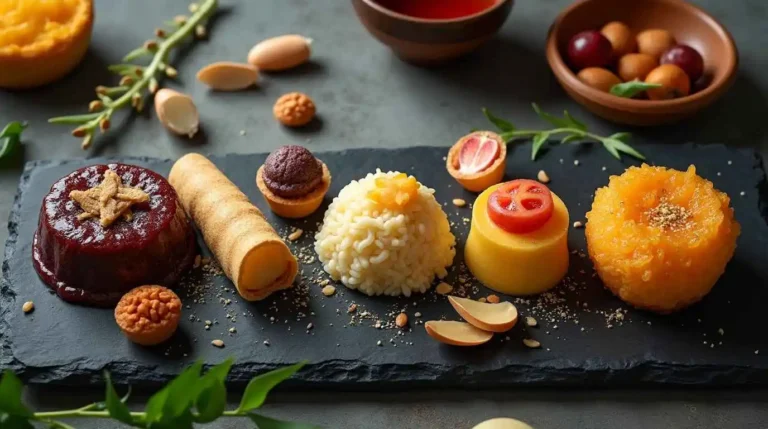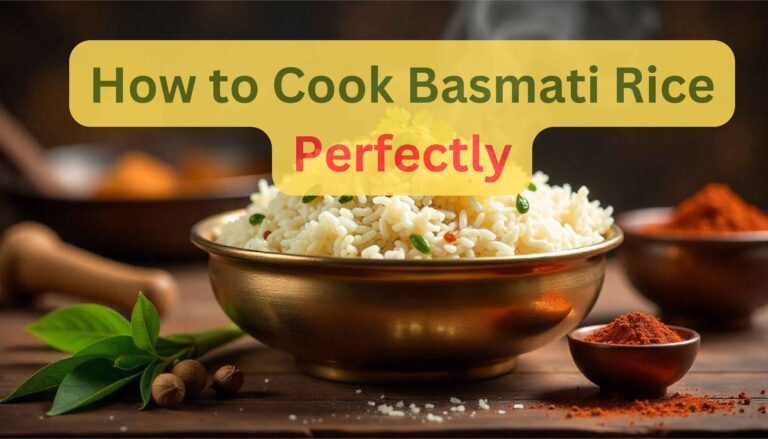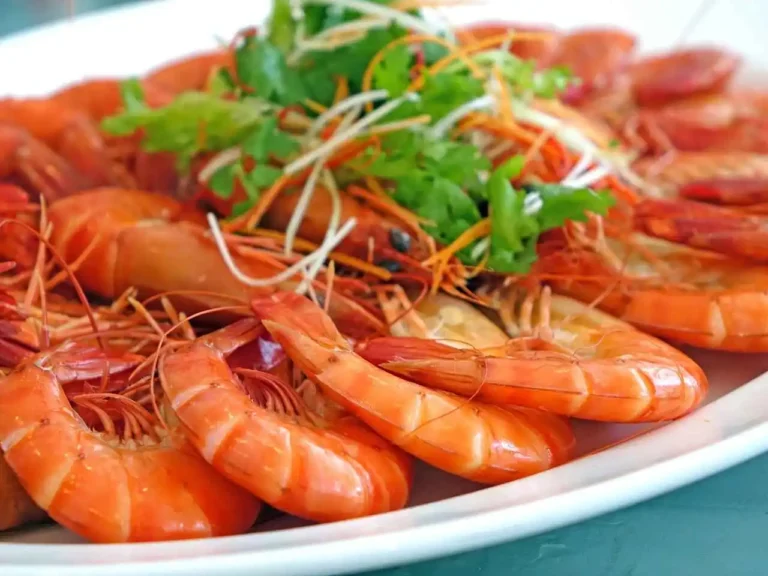How to Cook Perfect Basmati Rice Every Time: 7 Easy Steps
Table of Contents
There is a nearly divine quality to a flawlessly cooked serving of basmati rice. Those elongated, slender grains — each almost indistinguishable yet perfectly in sync with one another — can elevate even the simplest curry or stew into a sophisticated dining experience.
Having prepared more pots of rice in a lifetime than you have enjoyed hot tamales, you will come to realise that what may appear straightforward at first glance is, in fact, quite intricate.
When prepared correctly, basmati rice yields “a couple of grains” that epitomise the saying, “like siblings—close yet distinct, and certainly not clumped together.” The accompanying image encapsulates your objective: tender, light rice, with each grain distinct while contributing to a unified dish.
Why Basmati Rice Deserves the Pasta Treatment
Basmati rice is a prominent staple in South Asian cuisine, revered in India and Pakistan, where it has been cultivated for centuries. Its name, derived from the Sanskrit word “basati,” meaning “fragrant,” speaks to the ethereal aroma that will permeate your kitchen as it cooks.
Unlike shorter-grain varieties that aim for a starchy consistency, basmati grains are designed to cook individually and retain their fluffy texture.
Many home cooks are familiar with the frustration of attempting to cook rice only to end up with a sticky mess or uncooked grains.
I have devoted years to perfecting and refining the technique I will share with you today, promising consistent results if you follow my steps.
I refer to it as the “classic ratio-based, boiling water absorption method” — nd while it may sound technical, it is, in reality, relatively straightforward.
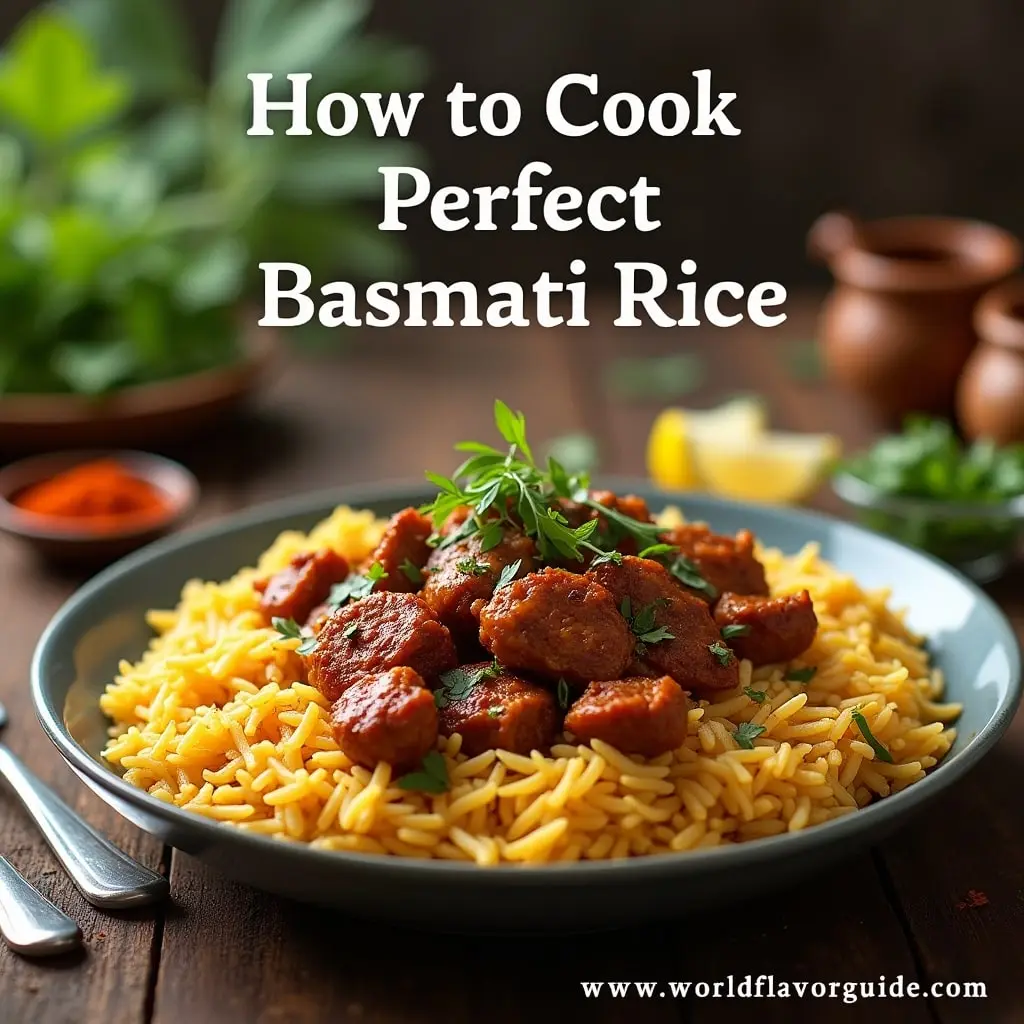
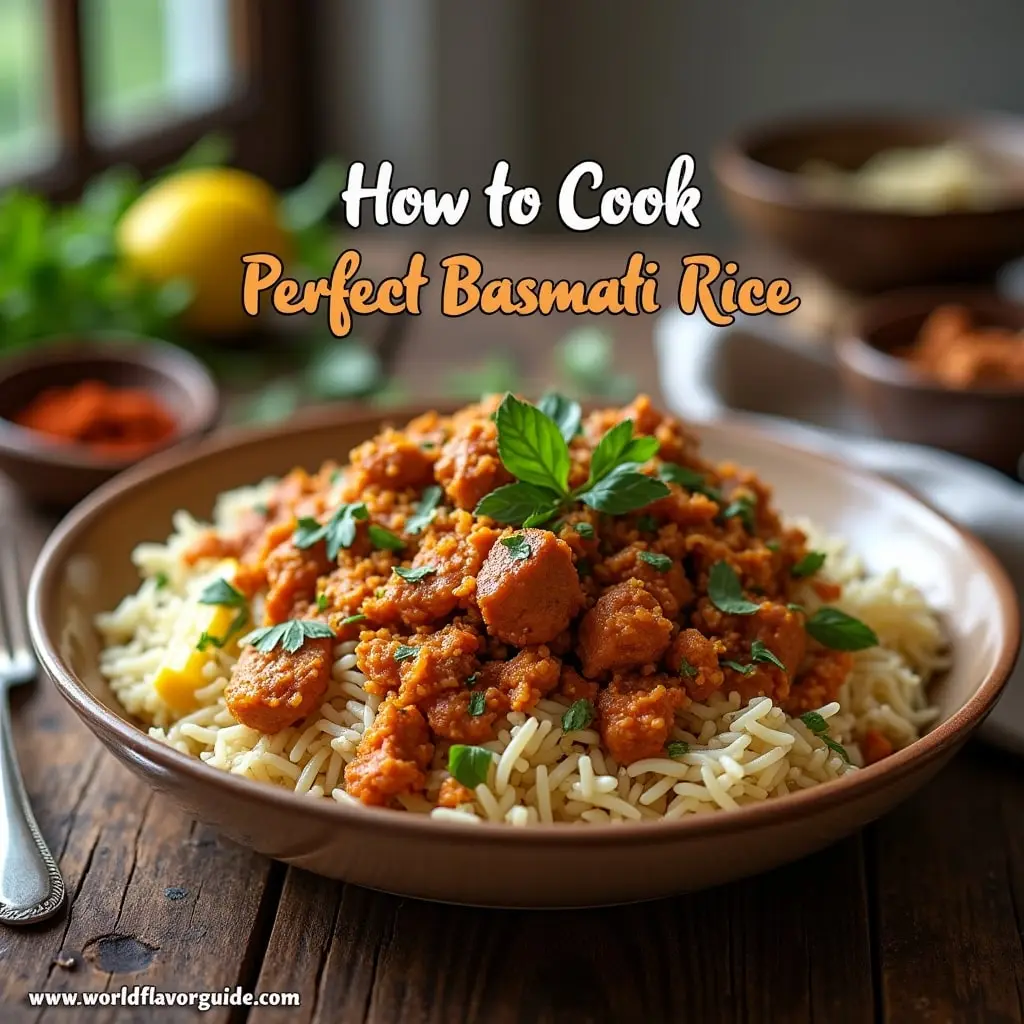
Selecting the Perfect Rice: A Crucial Element for Success
Before delving into the technique, it is essential to emphasise the importance of starting with high-quality ingredients.
Basmati rice varies significantly in quality. I highly recommend investing in superior Indian or Pakistani basmati rice, even if it means sourcing it from afar.
Look for these characteristics:
- Long, slender grains
- Minimal fragrance, even in its raw state
- Aged rice (premium brands age rice for 1–2 years)
- Extra-long grains
There is a vast difference between a cheap supermarket basmati and a good-quality one. They are cooked differently, and the taste and texture after cooking are also entirely different.
Think of it as an investment in your budding cook’s reputation: Plenty of humble meals are made with good rice and ascend to something remarkable.
The Process: Simple, Reliable, and Precise
Step 1: Measure and Rinse
Begin by accurately measuring your rice.
This recipe works best with:
| Quantity | Yield |
|---|---|
| 2 cups of uncooked basmati rice | ~5 cups of cooked rice (serves 4–6) |
Place the measured rice in a fine mesh strainer and rinse it under cold, running water.
When dealing with basmati rice:
- The goal is to wash away surface starch; do not rinse until the water is clear.
- Wash and rinse for 1–2 minutes; slight cloudiness is acceptable.
- Gently run your fingers through the grains to massage and scrub them correctly.
Step 2: Optional Soaking
Although not required, soaking basmati rice can elevate its flavour profile.
How to soak:
- Place the rinsed rice in a large bowl.
- Cover with cold water.
- Soak for 30 minutes to 1 hour.
Benefits of soaking:
- Gradual water absorption
- Shortened cooking time
- Longer, more impressive grains
For more insights on basmati rice cooking techniques, check out our detailed guide.
Cooking Method: The Classic Ratio Technique
Step 3: Perfect Liquid-to-Rice Ratio
After extensive experimentation, I have found that a ratio of 3 cups of liquid to 2 cups of basmati rice yields excellent results.
Step 4: Boil Water First
Unlike traditional methods, you start by boiling the measured water separately.
When the water reaches a vigorous boil, carefully pour it over the rice in the pot.
Why use boiling water first?
- Ensures accurate water measurement (no evaporation loss)
- Jump-starts the rice cooking process
Step 5: Cover and Cook
After pouring boiling water over the rice:
- Immediately cover the pot with a tight-fitting lid (or foil plus a lid).
- Do not stir.
- Lower the heat to a gentle simmer.
Step 6: Patience is Key
Allow the rice to cook undisturbed for 15 minutes.
Important tips:
- Avoid peeking, stirring, or lifting the lid.
- Loss of steam can disrupt the cooking process.
After 15 minutes:
- Remove the pot from the heat.
- Let it rest, covered, for an additional 5 minutes.
This final steaming step distributes moisture evenly and firms up the grains beautifully.
Step 7: Fluff and Serve
After resting:
- Remove the lid and foil carefully, being mindful of the steam that may escape.
- Use a fork (not a spoon) to fluff the rice from the edges inward.
You now have a pot of perfectly cooked, tender, fragrant basmati rice!
Serve your fluffy basmati rice alongside this quick Mu Shu Shrimp recipe.
Variations and Enhancements
The Vinegar Technique
Add a few drops of authentic plain white vinegar before cooking.
Benefits:
- Helps grains remain separated
- Improves texture without affecting flavour
Aromatic Additions
Enhance your rice with gentle spices like:
- 1 cinnamon stick
- 2–3 whole cloves
- 2–3 cardamom pods
- 1 bay leaf
- A small fragment of star anise
Pro Tip: Add the spices with the dry rice before pouring boiling water for best infusion.
Mastering Basmati Rice: A Culinary Game-Changer
With this technique, you can confidently say goodbye to sticky or undercooked basmati rice.
Master the art of making impeccable basmati rice, and you’ll elevate any meal.
After a few practice rounds, this method will become second nature — a fail-safe skill for every home cook aiming for restaurant-quality rice at home.
Complement your basmati rice dish with a delightful Asian dessert.
FAQ About Cooking Basmati Rice
How much water do you use to cook one cup of basmati rice?
The classic ratio is 1.5 cups of water for every 1 cup of basmati rice when using the boiling water absorption method.
Should you soak basmati rice before cooking?
While not mandatory, soaking basmati rice for 30–60 minutes helps to enhance the grain’s size and uniformity during cooking.
How do you keep basmati rice from getting sticky?
Rinsing the rice thoroughly, soaking it, and using the hot water method with the correct water-to-rice ratio ensures fluffy, separated grains.
Tried This Recipe? Tell Us What You Think!
There are no reviews yet. Be the first one to write one.
How to Cook Perfect Basmati Rice Every Time: 7 Easy Steps
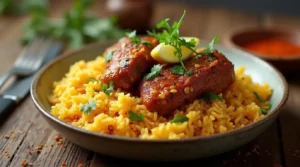
Learn how to cook fluffy basmati rice perfectly every time with this easy, foolproof method. Tips, tricks, and pro secrets for light, separate grains
Type: Side Dish
Cuisine: South Asian
Keywords: basmati rice, basmati grains, basmati rice dish, soaking basmati rice
Recipe Yield: 4 servings
Calories: Approximately 200 calories per serving
Preparation Time: PT10M
Cooking Time: PT15M
Total Time: PT25M
Recipe Video Name: How to Cook Perfect Basmati Rice
Recipe Video Description: Perfect Basmati rice can be a culinary puzzle that I've spent years unraveling. After numerous trials and tribulations, I've come up with some essential steps for consistently achieving impeccable results. We all want restaurant style basmati rice at home, soft grainy and flavorful. There is something special about that perfect chew without it being too soggy, sticky or undercooked. With this recipe you can finally enjoy the perfect basmati rice with curries, stews, vegetarian recipe or even incorporate a few tips learned here into making your next perfect pot of biryani. In this recipe I use the absorption, method rather than the straining method which equates to less work, complication and time.
Recipe Video Thumbnail: https://i.ytimg.com/vi/-HiJRUbVbIY/maxresdefault.jpg
Recipe Ingredients:
- 2 cups of high-quality basmati rice
- 3 cups of water
- Optional: a few drops of white vinegar
- Optional: cinnamon stick, whole cloves, cardamom pods, bay leaf, star anise
Recipe Instructions: 1-Measure and Rinse: Measure 2 cups of basmati rice and rinse under cold running water using a fine mesh strainer for 1–2 minutes to remove excess starch. 2-Optional Soaking: Place the rinsed rice in a large bowl, cover with cold water, and let it soak for 30 minutes to an hour. 3-Boil Water: In a separate pot, bring 3 cups of water to a rapid boil. 4-Combine Rice and Boiling Water: Drain the soaked rice and place it in a pot. Carefully pour the boiling water over the rice. 5-Cook the Rice: Cover the pot with a tight-fitting lid and cook on low heat for 15 minutes without lifting the lid. 6-Rest the Rice: Remove the pot from heat and let it sit, covered, for an additional 5 minutes to allow the steam to finish cooking the rice. 7-Fluff and Serve: Remove the lid and gently fluff the rice with a fork, starting from the sides to separate the grains. Serve warm.
4.8
Pros
- Achieves fluffy, non-sticky basmati rice
- Simple and reliable cooking method
- Enhances the flavor of accompanying dishes
Cons
- Requires attention to detail in measurements
- Optional soaking adds extra time


